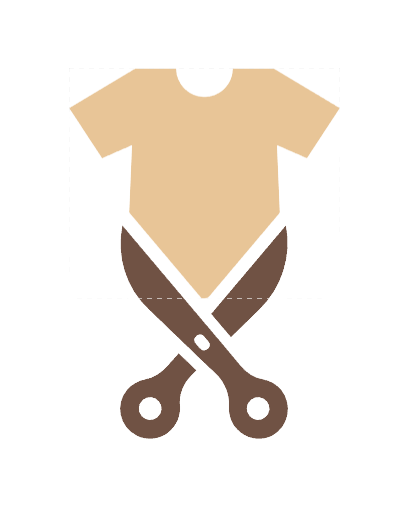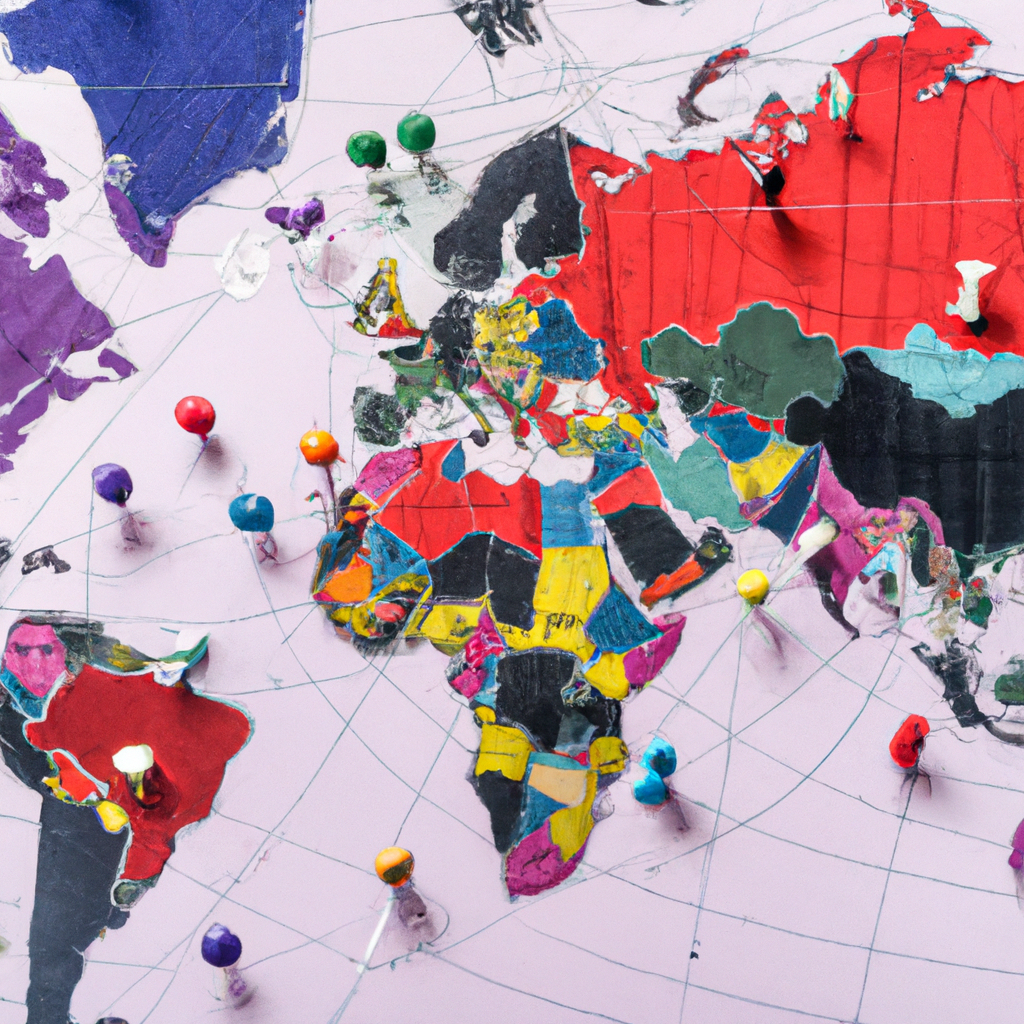What defines a fashion ‘capital of the world’? Is it the quality of design? Access to exclusive art, materials, and technology? The creativity and vision of the city’s leading designers? Whatever you believe it to be, exploring the fashion capitals of the world is an enlightening journey. From Paris to Tokyo, these hubs of style have a unique impact on the industry, and this article takes you on tour of the global fashion scene.
1. What Makes a Fashion Capital
? It’s a mix of creativity and commercial sensitivity that sets the stage for successful fashion houses and local trends to lead the way. Fashion capitals attract talented designers and businesses that recognize the need to meet the changing demands of customers, with the development of emerging markets that can help propel the industry forward.
Fashion capitals are renowned for setting a trend and carrying out experiments, allowing a unique space for new colors, shapes, silhouettes and fabrics to become something of a sensation. A city can quickly become a fashion hub when it combines innovative retail and employment opportunities. Characterful neighborhoods can help to nurture an environment where creativity can thrive. It’s not a one-size-fits-all answer and takes different elements to make a fashion destination truly iconic.
- Accommodating Infrastructure
- Inspiring Attractions
- Dynamic Industries
- Creative Communities
2. Touring the World’s Fashion Capitals
Paris, France
Paris is known worldwide for its high-end fashion and couture. Home to the best fashion designers in the world, Paris encapsulates the luxury of fashion like no other city can. From the world-famous Champs-Elysees to the boutiques of Avenue Montaigne, this city is a fashion paradise wort a visit from every style enthusiast. Don’t forget to check out the:
- Galerie Vivienne
- Moulin Rouge
- Orsay Museum
- Tuileries Gardens
London, United Kingdom
The heart of the fashion industry in Europe, London is the go-to place if you want to find the best of the British fashion. It has everything from high street fashion to chic designer labels. Visit the iconic Carnaby Street for vintage items or stroll around the markets of Camden to pick up the newest trends. For those looking for full-on luxury, the stores of Bond Street should not be missed. key locations in the city include:
- Hamleys of London
- Harrods
- Piccadilly Circus
- Portobello Road Market
3. The History of Fashion Capitals
Fashion capitals have often been likened to the beating heart of any given culture throughout the centuries. Whether it’s the haute couture of Paris or the avant-garde of Tokyo, fashion cities have dominated global fashion for decades.
Paris was the first city to really set the trend. In the 19th century, its cobblestoned streets were hosting some of the most glamorous fashion shows of the time. As people celebrated the spring and fall collections, renowned Paris couturiers like Coco Chanel, Christian Dior, Jean Patou, and Yves Saint Laurent made Paris the leader in high fashion. From there, the city never looked back.
- 1972 saw the rise of Milan to become a major global fashion force.
- London usurped Milan for a brief moment in the 80s and 90s when its punk-influenced, urban fashion gained popularity.
- In the early 2000s, Paris regained its seat at the throne with iconic pieces from John Galliano and Alexander McQueen.
- At present, New York proudly defies the conventional approach and focuses on creating its own platform for independent designers.
From Paris to New York, fashion cities have lent their distinct styles to the wider fashion industry. As times change, so does the definition of “fashion” – but the age-old concept of fashion capitals continues to set the trends that inspire global style.
4. The Influence of Modern Media on Fashion Capitals
Social media and the development of video streaming services like YouTube have helped spread global fashion trends in a way which was never possible before. Contemporary technology has enabled fashion-lovers to stay up-to-date on runway trends and quickly translate them to everyday looks. Primarily, it is precisely this development which has made fashion capitals even more powerful.
The reach of fashion capitals is greater than ever before – they broadcast their influence beyond their respective cities and country borders to countries and cities around the globe. This, in effect, has resulted in the formation of various trends in diverse cities. In addition, musicians, bloggers, celebrities, and influencers regularly showcase their own looks, helping to promote the fashion capitals’ respective trends.
- Social media – Allows for quicker spread of fashion trends
- Video streaming services – Increase the capability to learn about runway trends
- Fashion capitals – Have global reach, broadcasting their influence worldwide
- Influencers – Help promote fashion capitals’ trends
5. The Impact of Fashion Capitals on Consumers
Global Influence: Fashion capitals across the globe have the ability to have a huge influence on what people, especially young people, choose to wear. They set the tone for current trends in style, be it the catwalks of Paris, the street style of Tokyo, or the art fashion of Berlin. Consequently, the savvy consumer will track what emerges from the fashion capitals in order to stay ahead of the trends.The Inevitability of the Cycle: The process of emerging trends originating from the fashion capitals will inevitably feed back in on the same capitals. The next season will bring its own trends and styles of clothing that are a reaction to last season’s look. It is the cycle of fashion that keeps people engaged and keeps these cities in a perpetual cycle of creativity and exuberance.
6. The Future of Global Fashion Capitals
The ever-evolving global fashion industry is reaching new heights. From New York to London to Milan to Tokyo, cities around the world have become global fashion capitals, each defining fashion trends and pushing boundaries. As the fashion industry continues to expand, more and more cities are emerging as fashion hubs, with their own distinct style and unique aesthetic.
What does the future of the global fashion capitals look like? We are likely to see more experimentation and exploration of unique and diverse styles, with more cities joining the mix. Cities like Amsterdam, Cape Town and Seoul will become hubs for emerging trends, and the ever-growing intersection of technology and fashion will defy traditional boundaries and drive creativity. We can also expect to see increased sustainability initiatives aimed at integrating sustainable practices across the fashion industry.
- Emerging fashion hubs
- Exploration of unique and diverse styles
- Intersection of technology and fashion
- Increased sustainability initiatives
From the fashion colosseums of Milan to the fashion capitals of the world, exploring fashion hubs has proven to be an interesting and enlightening journey. It has shown us that the world’s major fashion destinations are all connected through a common thread of creativity and innovation, all striving to create something truly unique and beautiful. With its ability to influence, inspire and influence the way we dress, there is no denying that fashion is an integral part of modern life and an important part of contemporary culture.





